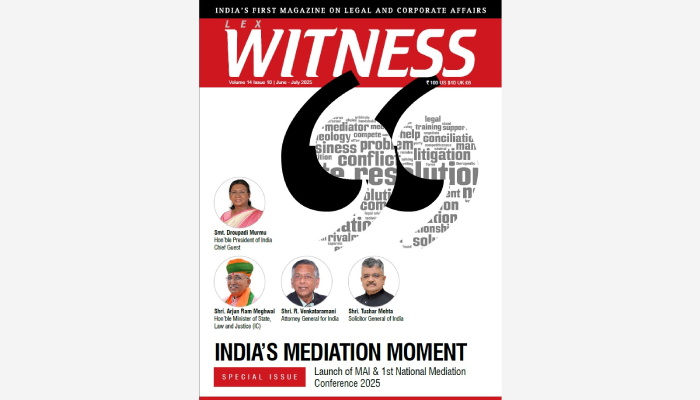
or

A three-Judge Bench of the Supreme Court, vide order dated 20th February 2024, directed that the Special Leave Petitions be placed before the Chief Justice of India for an appropriate order. The controversy arose because the Act does not expressly empower courts to modify or vary an arbitral award. Section 34 of the Act only confers upon courts the power to set aside an award. Nevertheless, Supreme Court, on several instances, has been compelled to modify arbitral awards, seeking to minimize protracted litigation and foster the ends of justice. In contrast, some judgments have posited that Indian courts cannot modify awards, due to the narrowly defined scope of Section 34. Therefore, divergent and contrasting judicial opinions existed on this question.
In its significant judgment in Gayatri Balasamy vs. ISG Novasoft Technologies Limited [Civil Appeal @ S.L.P.(C) Nos.15336-15337 of 2021], the Supreme Court’s Constitution Bench clarified that Section 34 of the Arbitration and Conciliation Act, 1996 (‘Act’), which governs the courts’ power to set aside awards, also provides a limited power to modify them in specific instances.
The Supreme Court (by a majority of 4:1) held that a Court has a limited power under Sections 34 and 37 of the Act to modify an arbitral award in relation to the following circumstances:
Acknowledging that the arguments canvassed symbolizes longstanding conflict between equity and justice, on one hand, and the fetters imposed by the court’s jurisdictional limits, on the other, the bench decided to adopt balanced approach and favour an equitable & pragmatic view.
Key principles which weighed the majority decision are set out below:
While the dissenting opinion, authored by Justice K.V. Vishwanathan, concurs with the majority opinion to the extent of upholding the court’s power to sever ‘valid’ portions of an arbitral award from the ‘invalid’ ones and rectify computational, clerical, or typographical errors in arbitral awards, it has held the following in the course of its disagreement with the rest of the majority opinion:
Viewed from the angle of pragmatism, the court’s power to modify arbitral awards is likely to prevent wastage of resources of litigants as they would not need to re-arbitrate their dispute. However, it appears that in its quest to answer a long-pending question, the Court has given rise to new ones, such as:
Further, if what is held to be permissible under Section 34, can very well be done under Section 33 by arbitral tribunal, there is no clarity as to why Section 34 Court should take upon itself the task of correcting such errors instead of doing what is contemplated under Section 34(4) of the Act. This will help in saving the arbitral award being set aside or modified for insignificant errors.
Thus, though the Supreme Court has delineated limited grounds for modification in the Gayatri Balasamy, it remains of interest to see as to how the principles enunciated therein will be interpreted by Courts while modifying an arbitral award.
Disclaimer: Please note that the views expressed in this article are solely of the author’s and not that of the Company.
Dilip Gulabrao Kamthe is a seasoned legal professional with over two decades of experience in litigation. He holds an LL.B. (Five-Year Integrated Course) from the prestigious Government Law College, Mumbai, and an LL.M. from Mumbai University. He has further enhanced his expertise with a Post-Graduate Diploma in Intellectual Property Rights.

Lex Witness Bureau

Lex Witness Bureau

Lex Witness Bureau

For over 10 years, since its inception in 2009 as a monthly, Lex Witness has become India’s most credible platform for the legal luminaries to opine, comment and share their views. more...
Connect Us:


The Grand Masters - A Corporate Counsel Legal Best Practices Summit Series
www.grandmasters.in | 8 Years & Counting
The Real Estate & Construction Legal Summit
www.rcls.in | 8 Years & Counting
The Information Technology Legal Summit
www.itlegalsummit.com | 8 Years & Counting
The Banking & Finance Legal Summit
www.bfls.in | 8 Years & Counting
The Media, Advertising and Entertainment Legal Summit
www.maels.in | 8 Years & Counting
The Pharma Legal & Compliance Summit
www.plcs.co.in | 8 Years & Counting
We at Lex Witness strategically assist firms in reaching out to the relevant audience sets through various knowledge sharing initiatives. Here are some more info decks for you to know us better.
Copyright © 2020 Lex Witness - India's 1st Magazine on Legal & Corporate Affairs Rights of Admission Reserved